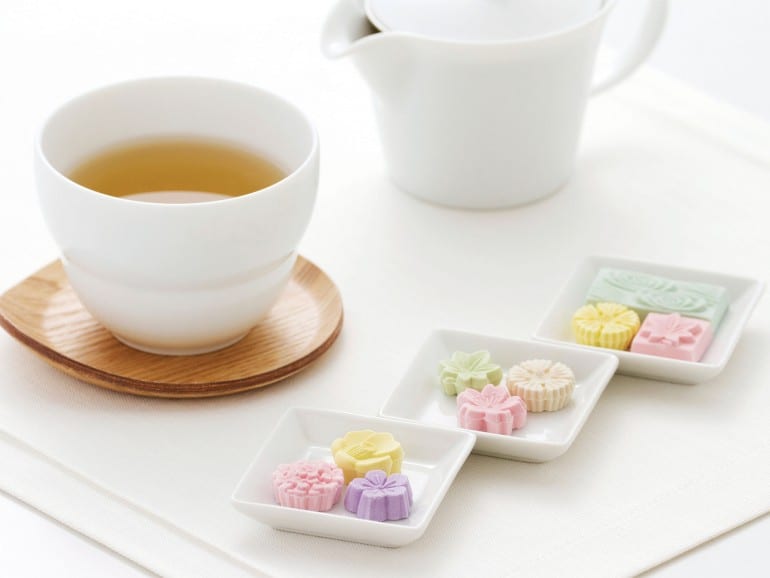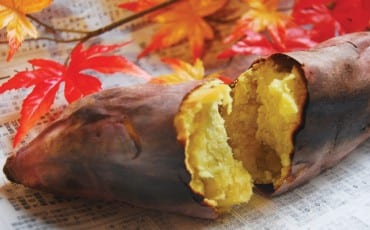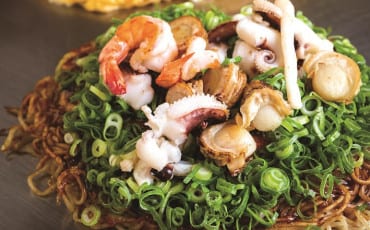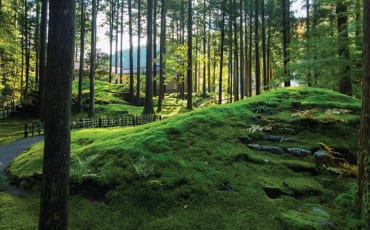Articles
Features
Jul 1, 2014
The culture of sugar in Japan
hen it comes to Japanese cuisine, one taste that is prevalent in most dishes is sweetness. In spite of that, the Japanese aren’t traditionally known to have a sweet tooth. Here, we explore the fascinating culture of sugar in Japan and how it has evolved over the years.

When people outside of Japan try Japanese cuisine for the first time, they often come to the same consensus: that most of the savoury dishes have a subtly sweet flavour. One possible explanation is that, traditionally, Japanese meals would not include desserts; hence, savoury dishes tend to incorporate all flavours – sweet, sour, salty, bitter and umami. Interestingly, the average consumption of sugar in Japan is relatively low – according to the Food and Agriculture Organisation of the United Nations, the average Japanese consumes about 20kg of sugar per year, as compared to 33kg in the US and 40kg in Australia.
The origins of sugar in Japan hark back to the mid-eighth century, said to be introduced to the country from China. Before then, honey, so (a dairy product made from animal matter), amazura (southern ginseng) and gluten were used as sweeteners. Seen as a luxury item, sugar was primarily used for medicine. When sugar imports grew between the 14th and 17th centuries, the Japanese began introducing sugar as a sweetener in cooking among the upper classes. At the same time, there was a rising popularity of the practice of the tea ceremony, during which wagashi (meticulously crafted Japanese confectionery) made using sugar were created to accompany the tea. But it was during the 18th century that sugar became more readily available to the masses as sugar cane was cultivated in the country. Even then, sugar was still regarded as a valuable item, and was only used when cooking red bean paste during special occasions like the Bon Festival in July.
Beet VS Cane
Even though Japan produces two types of sugar – beet and cane – the country is one of Asia’s largest importers of sugar. The difference between beet sugar and cane sugar, however, is a 0.5 percent chemical difference due to the fact that they are two different plants. While the general understanding is that there is no difference once it’s been processed to become sugar, some baking aficionados favour cane sugar over beet as they claim the former caramelises better, even though the sweetness level between the two is similar.
In Japan, the agriculture of beet sugar – whose production is relatively high and stable year after year – is concentrated in the northern island of Hokkaido due to its favourable climate; sugarcane agriculture, which helps complement the country’s domestic sugar production, is concentrated in Kagoshima and Okinawa prefectures.
Flip the page to find out more about the more popular types of sugar in Japan – which are mainly produced from sugarcane – and their uses.
(Text Tan Lili image 9783805 | G•G | www.pixtastock.com)








